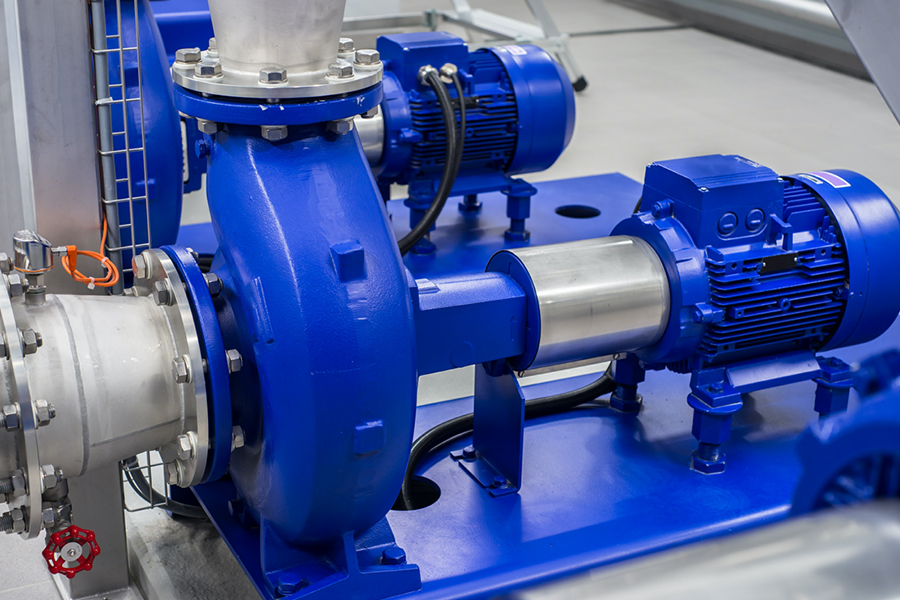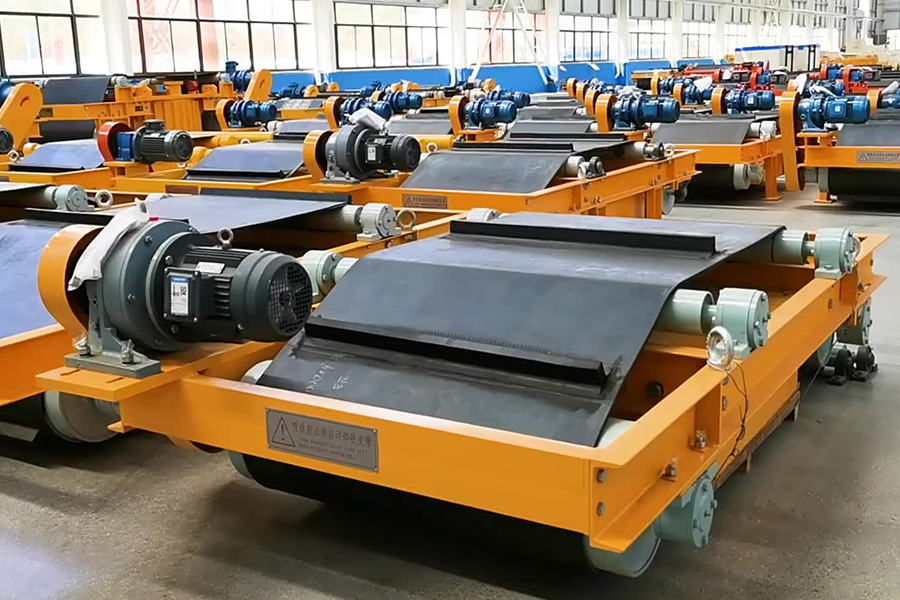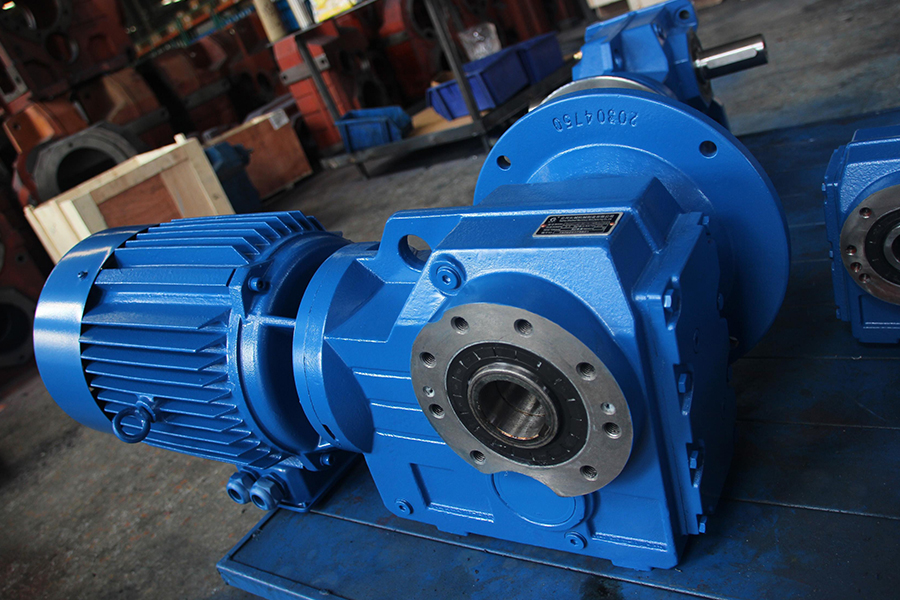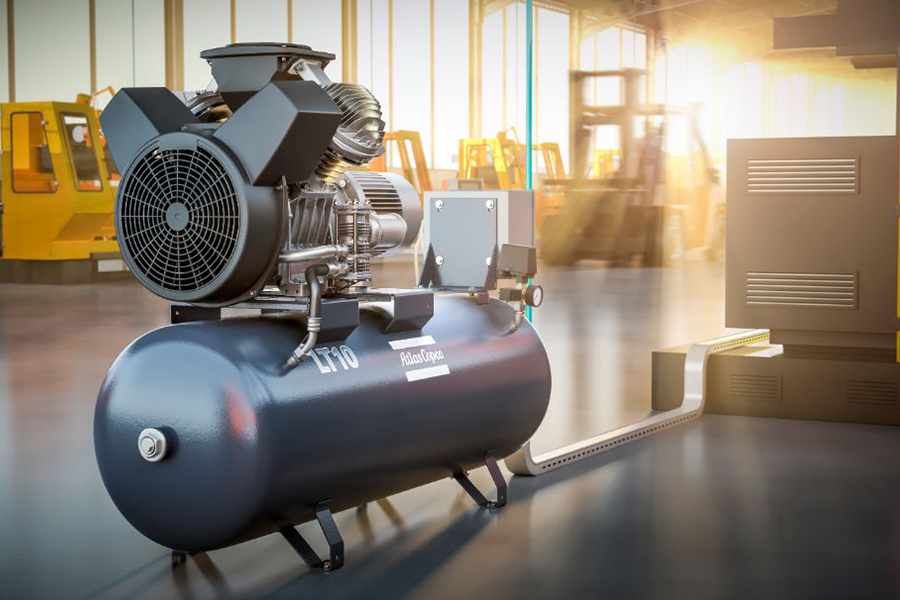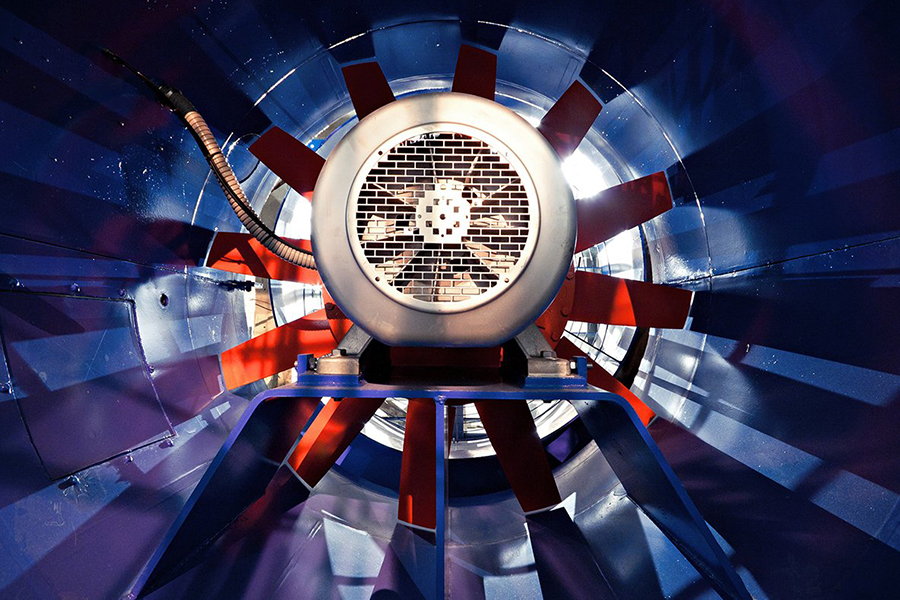Electrical motors with variable frequency technology play a key role in making our everyday devices more efficient and adaptable. From home appliances to larger commercial systems, variable frequency motors are everywhere, helping reduce energy consumption and offering more precise control. This article highlights some common examples of how variable frequency motors are integrated into everyday items like air conditioners, fans, and elevators, showcasing their impact on both convenience and energy efficiency.
Variable Frequency Air Conditioners
One of the most well-known applications of variable frequency technology is in air conditioners. Traditional air conditioners operate by turning the compressor on and off to regulate room temperature. This results in sudden spikes in energy use, which can drive up electricity bills.
However, air conditioners with variable frequency technology allow the compressor to adjust its speed based on the temperature requirements. Instead of switching on and off constantly, the motor gradually slows down or speeds up, maintaining a steady temperature while using significantly less power. This makes air conditioning not only more energy-efficient but also quieter and more comfortable for users.
Variable Frequency Fans
Variable frequency fans are another great example of how this technology is integrated into everyday life. Unlike regular fans that have fixed-speed settings, these fans use variable frequency motors to adjust airflow more precisely. Whether you’re cooling down a room or improving air circulation, a variable frequency fan can offer more comfort and flexibility.
In terms of energy consumption, these fans are far good to traditional fans. The ability to adjust motor speed precisely based on demand means they use less energy, particularly when only low-speed operation is required. This not only lowers electricity bills but also helps extend the life of the motor due to reduced wear and tear.
Variable Frequency Elevators
Elevators with variable frequency motors are now standard in modern buildings. Previously, elevators used fixed-speed motors that caused abrupt starts and stops, leading to discomfort for passengers and higher maintenance needs for the machinery.
By contrast, variable frequency elevators offer a smoother ride because the motor speed can be adjusted gradually. This results in a more comfortable experience for users and reduces mechanical strain on the elevator system, prolonging its operational life. Additionally, the ability to run at different speeds means energy savings are realized, especially during off-peak times when elevator usage is lower.
Washing Machines with Variable Frequency Motors
Washing machines are another home appliance benefiting from variable frequency technology. The variable-speed motor in these machines allows for more control over the washing cycles, helping to match motor speed with the type of load. Whether it’s a delicate fabric requiring gentle handling or a heavy load needing more power, the motor adjusts accordingly.
This leads to a more effective wash and less wear on clothes. More importantly, it saves energy by using just the right amount of power necessary for each cycle. Over time, this adds up to significant cost savings and reduced environmental impact.
Energy Efficiency and the Future of Variable Frequency Motors
The widespread use of variable frequency motors in everyday devices is driven by the need for energy efficiency and enhanced performance. Whether in electrical motors in industrial settings or small household appliances, these motors offer better control, less energy use, and increased durability compared to traditional motors.
As we look to the future, the application of variable frequency motors will likely expand further. With growing emphasis on energy-saving solutions, industries and households alike are turning to smarter, more efficient technology. We can expect to see variable frequency motors used in even more devices, from smart homes to green energy solutions, making them an essential part of sustainable living.

YVP Frequency Conversion Speed Control Series Motors
From air conditioners and fans to elevators and washing machines, variable frequency electrical motors are everywhere, making life more convenient and energy-efficient. As technology advances, the use of variable frequency motors will continue to grow, playing a key role in reducing energy consumption and enhancing the performance of various devices. Understanding how these motors work and where they are used can help us appreciate the technology that drives our everyday comfort.

 English
English 中文简体
中文简体 عربى
عربى



